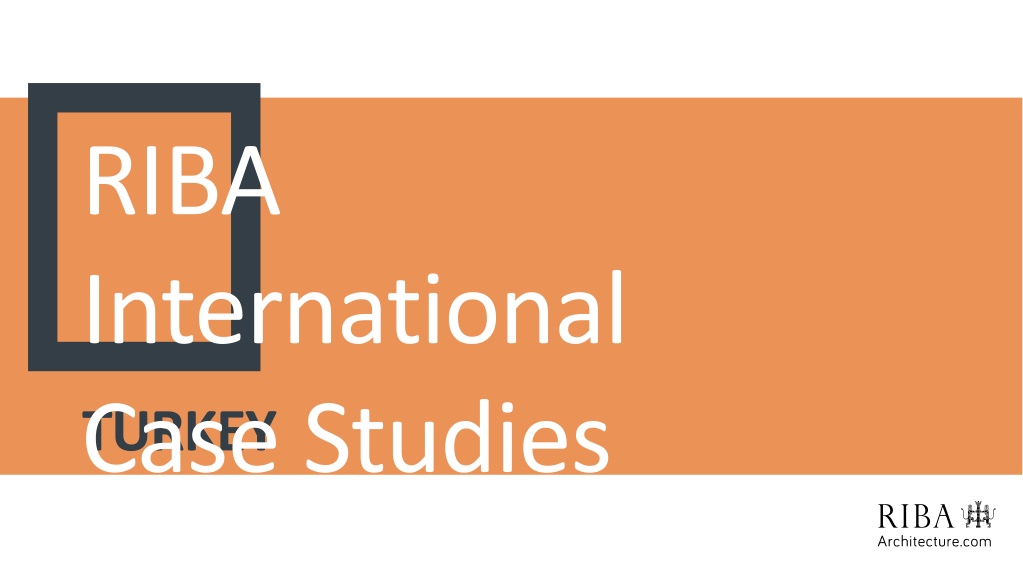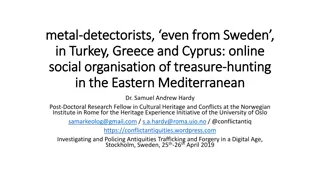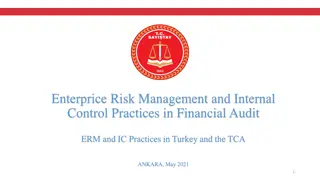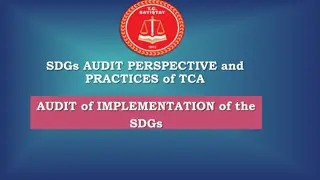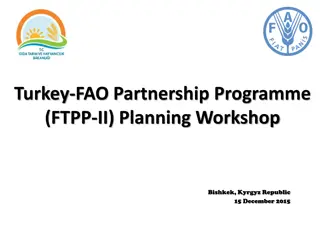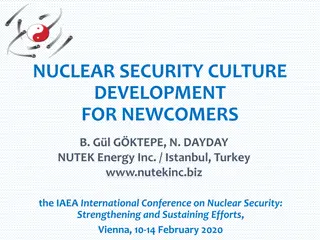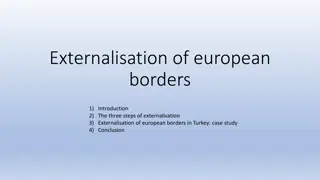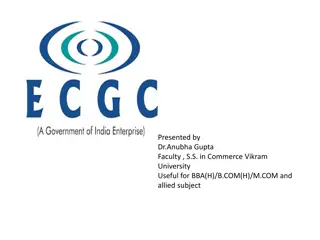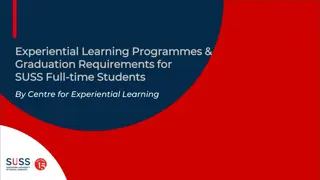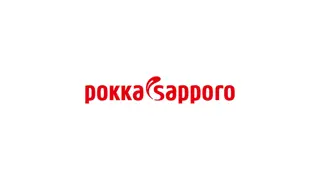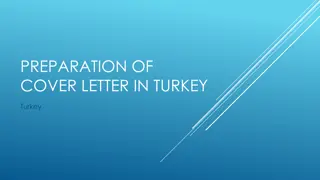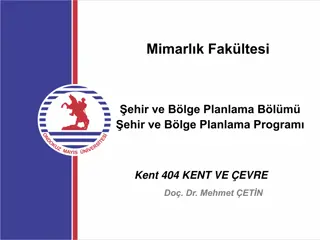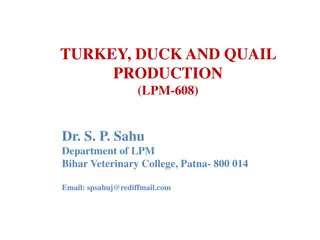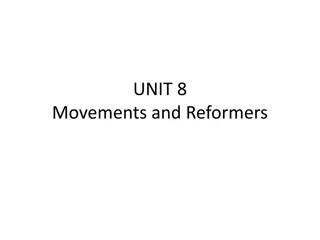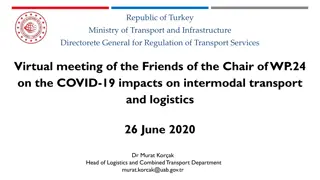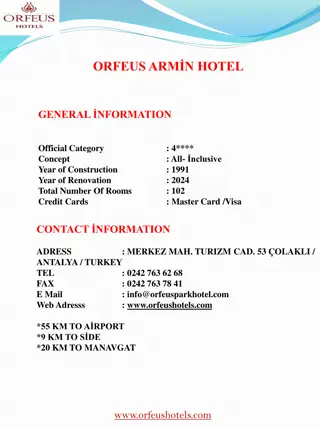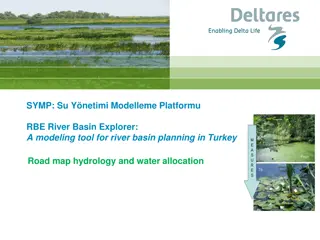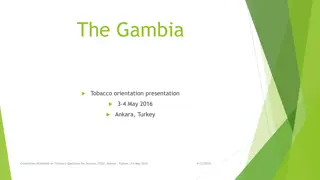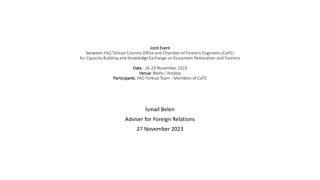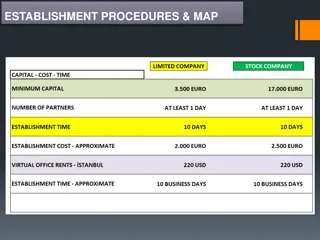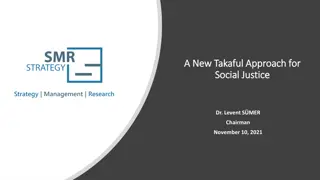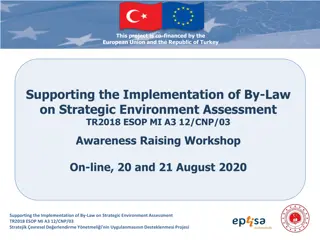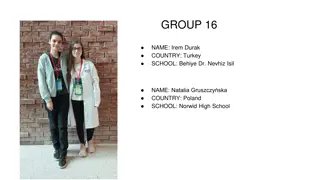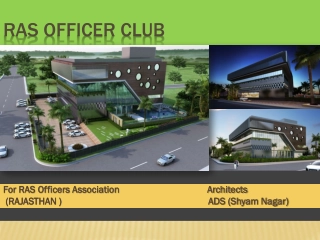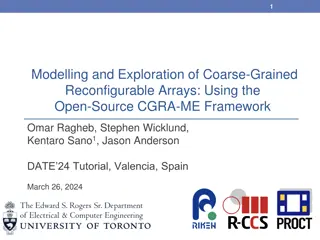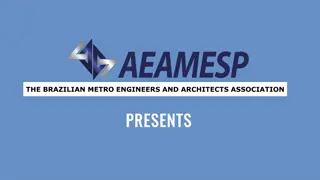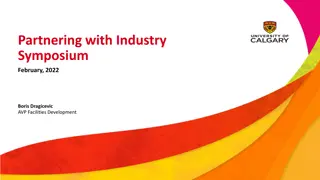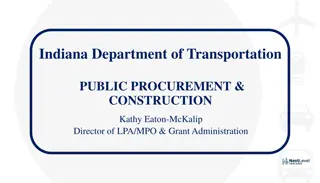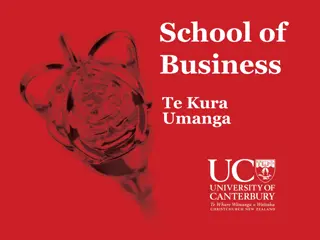GMW Architects Overseas Success: Case Study in Turkey
GMW Architects, a UK-based firm, shares their experience working on overseas projects, focusing on their work in Turkey, particularly the design of the Istanbul Ataturk Airport terminal. The firm's innovative approach to addressing seismic challenges and their modular design strategy for future expansion are highlighted in this insightful case study.
Download Presentation

Please find below an Image/Link to download the presentation.
The content on the website is provided AS IS for your information and personal use only. It may not be sold, licensed, or shared on other websites without obtaining consent from the author. Download presentation by click this link. If you encounter any issues during the download, it is possible that the publisher has removed the file from their server.
E N D
Presentation Transcript
RIBA International TURKEY Case Studies
RIBA International Case Studies Turkey Winning work in Turkey: a UK RIBA Member shares his experience and tips on working successfully overseas. Case study - GMW Architects Winning a design competition in 1970 led UK firm GMW Architects to embark on its first overseas projects at JFK Airport in New York. Since then its overseas work has gone from strength to strength. RIBA Member Lyn Edwards, of GMW Architects, talks us through the firm's work overseas, focussing on his experience in Turkey where the challenges include protecting buildings from earthquakes in a seismically active area. Istanbul Ataturk Airport at night
RIBA International Case Studies Turkey Lyn explains more about his work in Turkey: 'Our business development strategy at GMW includes diversification both by market sector and geographically - and so as a firm we have developed the confidence to seek and win work outside of the UK, where we are based. GMW's experience of working in Turkey, includes the design of the terminal (Phase 1) at Attaturk Airport in Istanbul and its underground rapid-transit rail station and neighbouring car park. Our design was inspired by a desire for simple and instinctive passenger routes. Both the terminal and the piers are arranged on three levels, with a spine of service and circulation cores marking the landside-airside boundary. The departures area is the defining space of the project; its 240 by 168 metre roof structure is easily identifiable from the air and floods with diffused daylight through the north-facing skylights. This emphasis on natural light has been carried through to the arrivals level, with fully glazed corridors along the piers and landscaped courtyards within the terminal.' A particular challenge of this project was to address the real threat of earthquakes affecting the area where the terminal was constructed. To protect the building in this seismically active area of Istanbul, GMW used innovative structural isolators to allow the large roof to move independently of the supporting structure. With a project such as an airport, the architects also had to bear in mind the likelihood of expansion.
RIBA International Case Studies Turkey Lyn says: 'A modular and linear form was chosen for the terminal with the potential for expansion in mind and this has proved an effective strategy. Two expansion phases of construction have been completed with minimum disruption of operations and the design capacity of the terminal is now 25 million passengers per year. Istanbul Ataturk Airport
RIBA International Case Studies Turkey What were GMW's key lessons from this project? Design competitions are a great way to win work 'Having gained our first overseas contract in the seventies through a design competition, this remains an important way of winning overseas work for our firm. The competition for the Istanbul terminal was held by DHMI, the Turkish Airport Authority, in 1996. Having been successful in the competition, we stayed with the project through a series of workstage commissions, eventually working for TAV during the pre-construction and construction phases', he says. Cultural understanding and integration are vital to a successful project Subsequently, GMW opened an office in Istanbul, which now employs more than 50 staff. However, in other countries we have found that by forming affiliations with local practices, we gain from their knowledge of local custom and practice, building codes and regulations, while also benefitting from their contacts and overcoming language barriers. Patience and good client relationships play a key part in the process 'By staying with the project through successive work stages we were able to really demonstrate our technical skills. Stakeholder management and cultural understanding are so important and it is vital to develop strong client relationships. We appointed local lawyers to help us navigate our way through contracts and legal issues and by performing well and remaining vigilant we delivered a project that we can be really proud of.'
